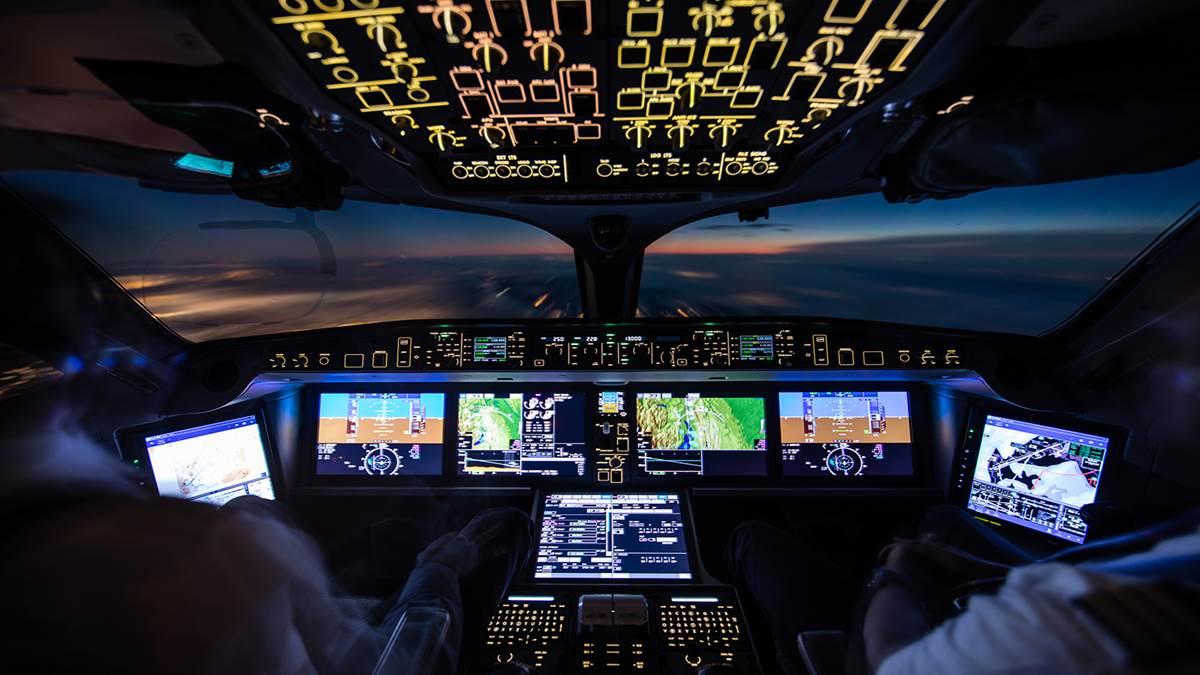Long-term planning
By nature of their complexity, airlines are forced to plan years in advance. Aircraft are purchased with the intention of using them for twenty-five to even forty years. Terminals must be built to both expand and modernize. (Gone are the days of banks of pay phones. Here are the days of banks of phone chargers.)

The amount of unseen ‘stuff’ at an airport or an airline is staggering. With all the new technology that has been introduced in the last couple decades, there are teams of people we never see that develop it, test it, troubleshoot it, test it again, and test it yet again before rolling it out for the public to see. Apps, iPads, phones, QR codes, virtual assistants, etc. have all revolutionized the travel experience.
Newer fleets also drive changes in the short- and long-term maintenance schedules, including the parts that need to be kept on hand. Like cars, airplanes come with warranties, which reduces cost and risk. New fleets, however, require training for mechanics, not to mention whatever specialized tools are needed. Larger airplanes mean larger hangars and probably more decentralized hangar facilities.
ADS-B was a challenge for many GA pilots. For the airlines, it was a monumental task, and the work continues. In light of the loss of Malaysia Airlines Flight 370 in 2014, work continues to develop more reliable technology that will prevent an airplane from just disappearing in the future.
Back at the airports, new terminals occasionally open. Newark has a new one, as does Orlando. Kansas City is getting one. Whereas in the past, planning for security screening was almost an after-thought, it is now a major part of the process so that people can be moved through the terminal faster, more comfortably, and with less of a sense of hassle and inconvenience.
As we move away from smaller aircraft and into bigger, mainline aircraft, more changes are afoot. My company regularly updates the employees on fleet and staffing needs, with the planning almost always centering on the next summer on the calendar. Seasonal adjustments are made based on the previous year, and passenger search history and travel patterns are dissected. Large events like the Super Bowl are easy to plan around: the site is known several years in advance, even if the two teams are not. The Masters, Kentucky Derby, and other ‘fixtures’ are even easier to plan for, and the schedules are constructed accordingly. In fact, if you’d have looked at our Derby schedule and didn’t know any better, you’d think we had a hub there.
As airlines look ahead to 2024 and beyond, there are several revenue opportunities that exist. The U.S. will host the summer Olympics in 2028 in Los Angeles, which is a hub for several carriers. Some of the staffing, gate planning, aircraft scheduling, and hotel planning has already begun. Some of it will kick off in high gear as soon as the 2024 Games wind down. In fact, the 2024 Games will allow for penciling in some of the international opportunities, to say nothing of the various qualifying and championships that will occur globally leading up to the 2028 Games.
The year following the Winter Games always sees a spike in traffic to ski resorts. Some of that will die off, some of it will not. Astute managers at all levels of the tourism ladder will do whatever they can to capitalize on those opportunities. Don’t want to ski? Jackson Hole is a fantastic summer destination. Ski towns become hiking towns, or fishing towns, or camping towns. Airlines, chambers of commerce, and visitors bureaus all work together to maximize the opportunities for growth.
The industry is always looking ahead. The pilot shortage will help force more flying off of regional jets and onto smaller 737’s and Airbuses. Work must be done to make sure those airplanes make money and don’t lose money. Instead of just being a challenge, it is an opportunity, and smart managers will get ahead and stay ahead. Training centers are growing, and modern computer power is producing new efficiencies. More carriers force more adaptations to the needs of the consumers. Those adaptations can generate jobs and even more growth and opportunity.
Where will you fit in?


